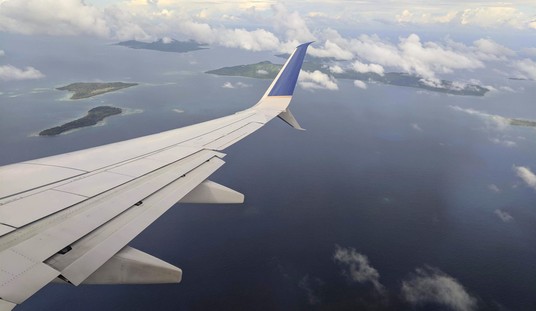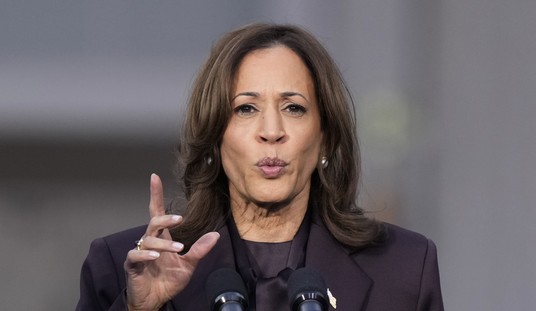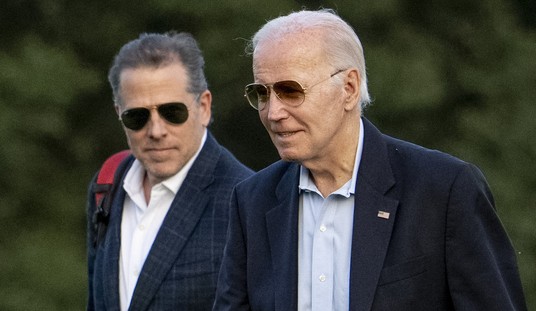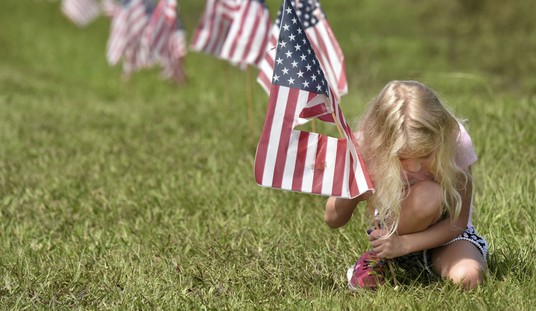
Back in the day when cigarette advertising was a thing, the slogan in this week’s headline meant something completely different. The phrase proved popular in its day but today’s anniversary marks a unique application of those words — and one of the strangest experiments in American military history.
On this date in 1855, Congress authorized $30,000 for the purchase of camels for the United States Army — leading to the foundation of the U.S. Army Camel Corps.
The Camel Corps was nothing new. The animal had been used in warfare for centuries. However, not being indigenous to the United States, camels were a bit controversial for their day.
The idea of their use in America sprang from the Indian Wars in the 1830s, when Major George Crosman thought it would be a good idea to use camels as support animals for transportation purposes. In 1848, Major Henry Wayne authored a report agreeing with Crosman.
The idea eventually landed on the desk of Mississippi senator Jefferson Davis. He enthusiastically endorsed the idea — not necessarily for combat, but for exploration and settlement of the West. Davis tried unsuccessfully to gain an appropriation for the purchase of camels, but it wasn’t until he became Secretary of War for President Franklin Pierce that Davis was able to gain Congressional approval for a purchase.
The arid regions of the Southwest were especially well suited for the “Ship of the Desert”, especially when it was found that horses and mules didn’t handle the long treks westward especially well.
As such, Wayne was ordered to go to Africa and buy some camels. He returned shortly afterward with 19 female and 14 male camels, complete with pack saddles and accoutrements it would presumably have been hard to find in the United States. One male camel failed to survive the journey but two calves were born along the way so the result was a net increase of one.
The first voyage was a success, so Wayne went back to buy 41 more animals — and he also came back with a man maned Hadji Ali.
The man who soon became known as “Hi Jolly” was an Ottoman by birth, half Syrian and half Greek. He came along to lead the camel-driving experiment and along the way became a living legend in the American southwest.
The camels proved popular with some, and unpopular with others. An 1857 expedition westward found that:
“Sometimes we forget they are with us. Certainly there never was anything so patient or enduring and so little troublesome as this noble animal. They pack their heavy load of corn, of which they never taste a grain; put up with any food offered them without complaint, and are always up with the wagons, and, withal, so perfectly docile and quiet that they are the admiration of the whole camp. ….(A)t this time there is not a man in camp who is not delighted with them. They are better today than when we left Camp Verde with them; especially since our men have learned, by experience, the best mode of packing them… I believe at this time I may speak for every man in our party, when I say that there is not one of them who would not prefer the most indifferent of our camels to four of our best mules.”
No less a luminary than Robert E. Lee wrote:
“(The camels’) endurance, docility and sagacity will not fail to attract attention of the Secretary of War, and but for whose reliable services the reconnaissance would have failed.”
That said, horses and camels occasionally don’t get along, and it took time to reconcile the two species, as well as with pack mules, which were still very popular in the military. But Davis was well pleased.
Despite the proven success of camels in the west and on the plains, Congress would authorize no further appropriations for purchasing more. The remaining camels found other uses, including a test in California in 1860 conducted by then-captain Winfield Scott Hancock, who would become a great Civil War hero soon afterward.
The Civil War brought an end to any thoughts of more camel purchases, and eventually Secretary of War Edwin Stanton ordered the remaining animals sold — an especially popular idea since the man who had recommended their purchase was now running the Confederate States of America.
They fetched about $3,300 in total, but some were eventually turned loose on the plains to fend for themselves after their owners either couldn’t feed them or lost interest. The last original Army camel was reported to have died in 1934 in Los Angeles at the age of eighty, but reports of camel sightings circulated in the West for years afterward.
The U.S. Army Historical Foundation notes:
“This is how the Army’s camel experiment has been remembered. Ignored and abandoned, it was an ignominious and unfortunate end for these noble “ships of the desert.”
Things ended better for Hi Jolly. He lived until 1902 and was much loved in the Arizona Territory, where he eventually resided. Once, when upset that he hadn’t been invited to a wedding near his home, he quite literally crashed the party, driving a cart pulled by two of his camels right through the middle of the reception.
Hi Jolly lived on in legend, even having a folk song written about him, performed by The New Christy Minstrels in 1963.
Happy Sunday and enjoy today’s open thread!














Join the conversation as a VIP Member